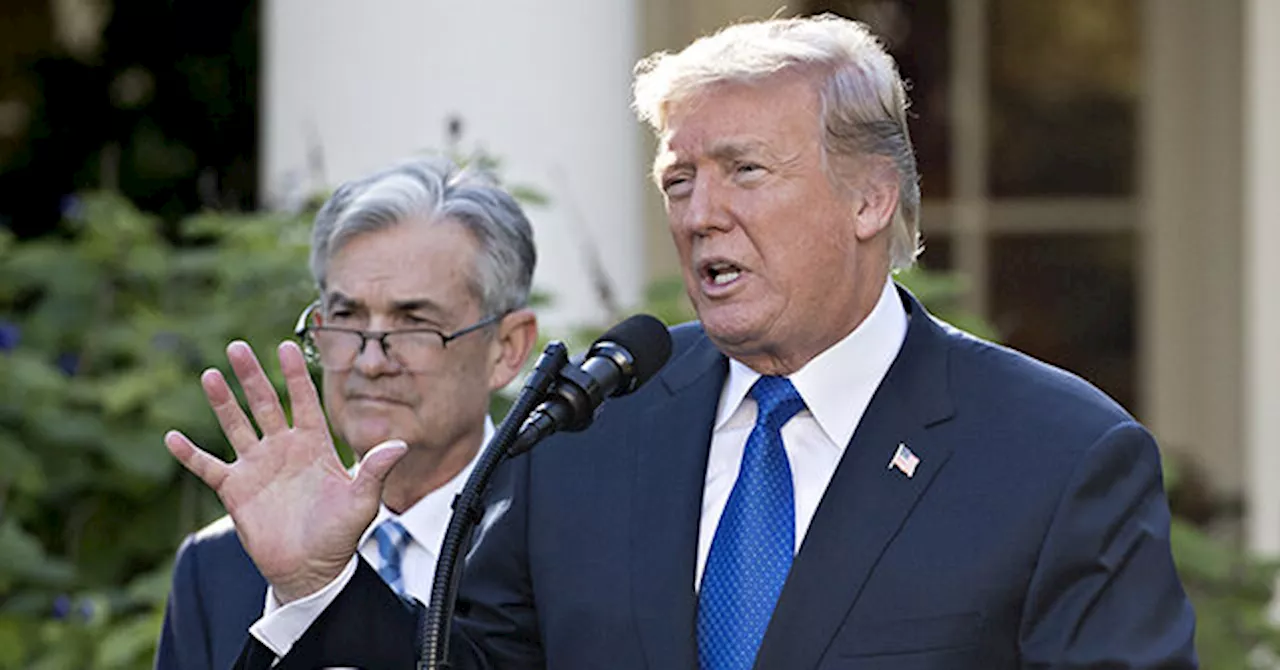President Donald Trump's economic policies are fueling a surge in confidence and economic activity. This unexpected strength may force the Federal Reserve to halt further interest rate cuts, even though Trump has publicly called for them. The Federal Reserve is facing a dilemma: to continue cutting rates and risk stoking inflation, or to pause and assess the impact of Trump's policies.
President Donald Trump's signature bravado was on full display at the World Economic Forum in Davos this week. Ironically, the enthusiasm his election and policies have ignited may be the reason the Federal Reserve hits the pause button on further cuts. It's a peculiar twist, though not entirely surprising—confidence is a potent economic force, and right now, it's surging. Consumer confidence soared to 105.
1 in December, a level not seen since October 2018, bolstered by expectations of tax cuts, deregulation, and tariffs reshaping the economic landscape. Meanwhile, S&P Global’s Flash U.S. PMI for January delivered a double shot of good news: manufacturing eked back into growth territory for the first time in six months, and services marked their 24th consecutive month of expansion. Business confidence, the elusive elixir of economic dynamism, has reached a high not seen since mid-2022.Conventional wisdom says the Federal Reserve cuts rates to juice a slowing economy. When the Fed started cutting in September, it said it was doing so to stave off what it feared was a rising headwind for the labor market. But a 52 percent net optimism among small business owners for economic improvement, the strongest reading since 1983. This isn’t a cry for help; it’s a victory march. And while Trump’s “demand” for lower rates grabbed headlines, the increasing hum of manufacturing recovery and small business hiring plans are likely to keep the Fed on hold. Fed officials also have new variables to weigh. Tax cuts, deregulation, and tariffs—cornerstones of Trump’s economic agenda—are poised to reshape spending and trade patterns, but their impact remains a question mark for Fed officials. Will tariffs drive prices of imports higher or merely shift supply chains? Will tax cuts spur investment or stoke overheating? The answers are still out there—we think the most likely outcome is a long season of adjustment, and the Fed will want to see how they develop before making further interest rate cuts.Even though the Biden administration has passed from this world, the NFIB highlighted that 20 percent of small business owners cited rising input costs as their top concern. Meanwhile, S&P Global’s data pointed to accelerating price pressures, with input costs and selling prices rising at the fastest pace in four months. The University of Michigan’s survey of consumer sentiment showed a sharp rise in inflation expectations. These inflationary signals provide even more reasons for the Fed to take a breather. Yet, the lingering specter of inflation underscores the tightrope the Fed must walk. Fed Chair Jerome Powell’s likely message? The Fed is willing to cut further but is content to pause for now to let data guide the next move—a sign that the central bank’s confidence in the economy is improving
FEDERAL RESERVE INTEREST RATES ECONOMIC CONFIDENCE TARIFFS TAX CUTS INFLATION
United States Latest News, United States Headlines
Similar News:You can also read news stories similar to this one that we have collected from other news sources.
 U.S. Treasury Yields Dip as Trump Criticizes Federal Reserve and Investors Await Economic DataU.S. Treasury yields fell on Friday as investors responded to President Trump's recent remarks regarding interest rates and anticipated upcoming economic data releases. Trump's comments at the World Economic Forum in Davos, Switzerland, where he urged the Federal Reserve to lower rates, precede the Federal Open Market Committee's meeting in late January. Additionally, investors are closely watching for the S&P Global Composite PMI Flash and existing home sales data, which are expected to shed light on the health of the manufacturing and services sectors.
U.S. Treasury Yields Dip as Trump Criticizes Federal Reserve and Investors Await Economic DataU.S. Treasury yields fell on Friday as investors responded to President Trump's recent remarks regarding interest rates and anticipated upcoming economic data releases. Trump's comments at the World Economic Forum in Davos, Switzerland, where he urged the Federal Reserve to lower rates, precede the Federal Open Market Committee's meeting in late January. Additionally, investors are closely watching for the S&P Global Composite PMI Flash and existing home sales data, which are expected to shed light on the health of the manufacturing and services sectors.
Read more »
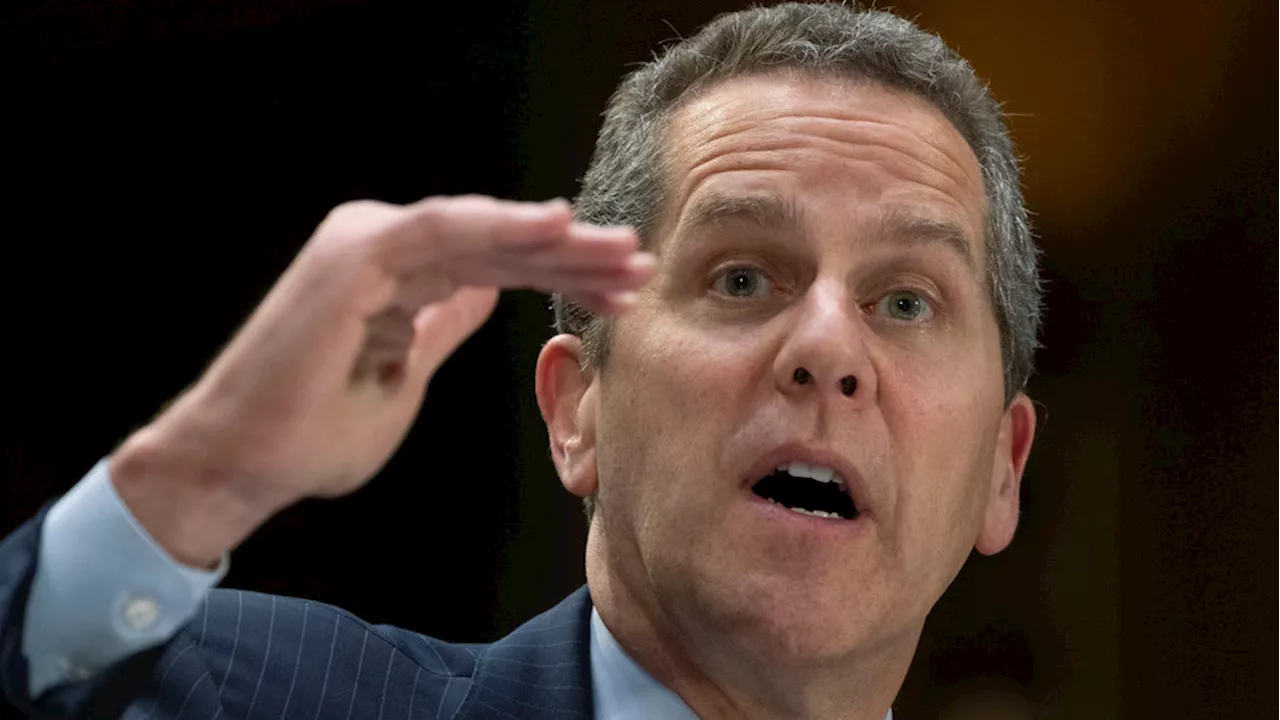 Federal Reserve's Top Regulator Resigns to Avert Trump Administration ConfrontationMichael Barr, Vice Chair for Supervision at the Federal Reserve, announces his resignation, avoiding a potential clash with the incoming Trump administration. Barr's stricter financial regulations faced criticism from major financial firms and Republicans.
Federal Reserve's Top Regulator Resigns to Avert Trump Administration ConfrontationMichael Barr, Vice Chair for Supervision at the Federal Reserve, announces his resignation, avoiding a potential clash with the incoming Trump administration. Barr's stricter financial regulations faced criticism from major financial firms and Republicans.
Read more »
 Federal Reserve's Top Regulator Resigns Ahead of Trump AdministrationMichael Barr, Vice Chair for Supervision at the Federal Reserve, is resigning to avoid potential conflicts with the incoming Trump administration and Republican-led Senate. Barr will remain on the Fed's board of governors until 2032.
Federal Reserve's Top Regulator Resigns Ahead of Trump AdministrationMichael Barr, Vice Chair for Supervision at the Federal Reserve, is resigning to avoid potential conflicts with the incoming Trump administration and Republican-led Senate. Barr will remain on the Fed's board of governors until 2032.
Read more »
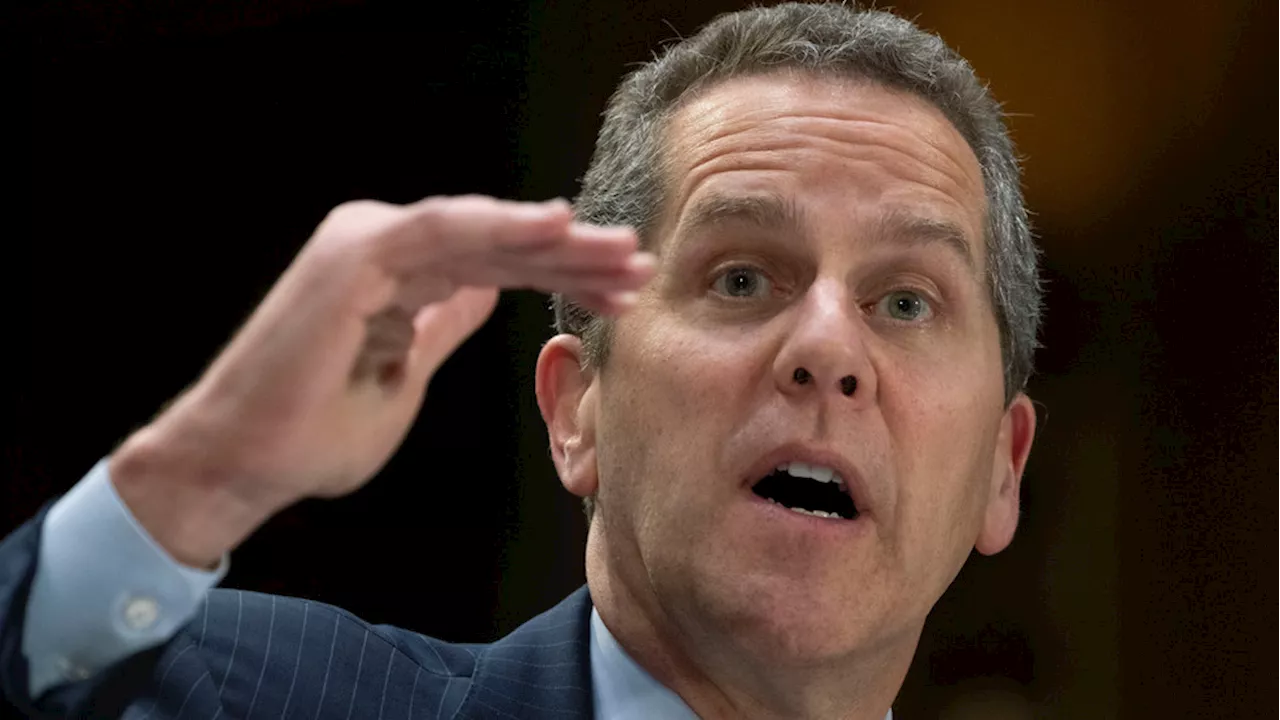 Federal Reserve's Top Regulator Resigns Ahead of Trump AdministrationMichael Barr, Vice Chair for Supervision at the Federal Reserve, announced his resignation to avoid potential conflict with the incoming Trump administration. He will remain on the Fed's board of governors until 2032.
Federal Reserve's Top Regulator Resigns Ahead of Trump AdministrationMichael Barr, Vice Chair for Supervision at the Federal Reserve, announced his resignation to avoid potential conflict with the incoming Trump administration. He will remain on the Fed's board of governors until 2032.
Read more »
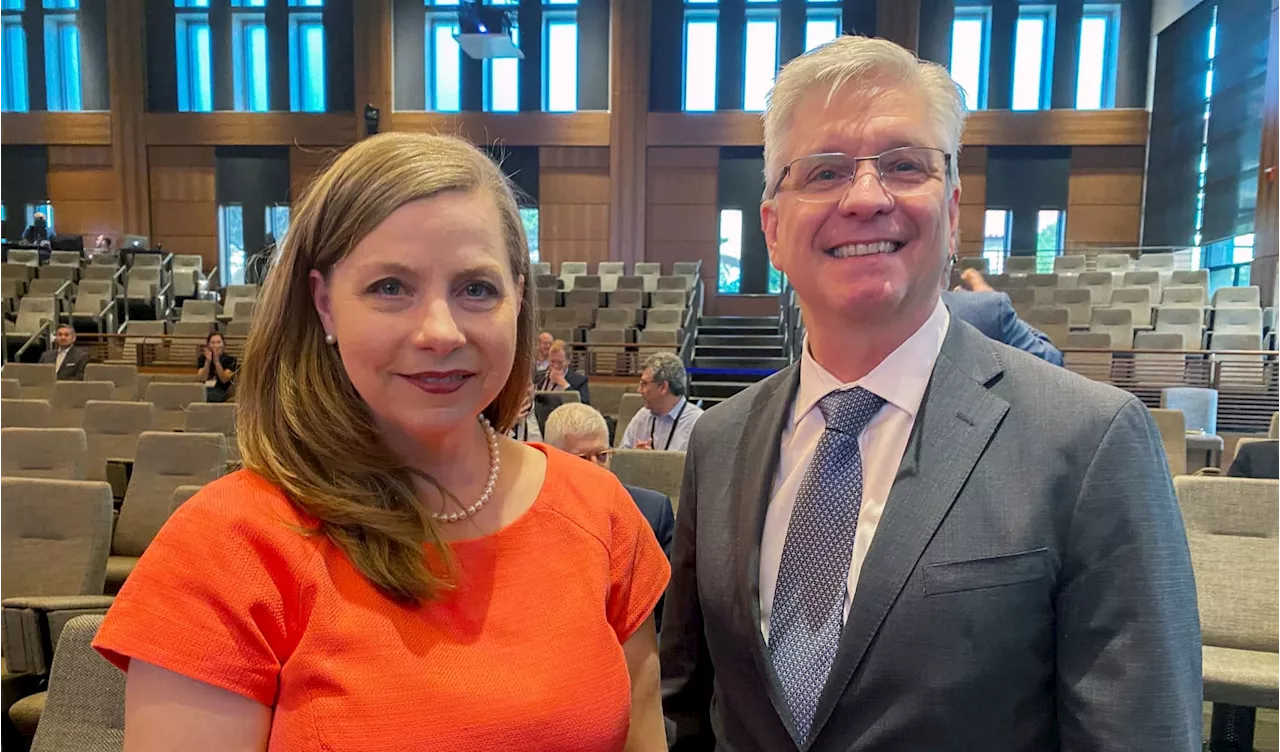 Federal Reserve's Barr to Resign, Clearing Path for Trump's Deregulation AgendaMichael Barr, Vice Chair for Supervision at the Federal Reserve, is resigning to avoid a legal battle with the Trump administration. His departure, 18 months ahead of schedule, potentially paves the way for more industry-friendly regulations under President Trump.
Federal Reserve's Barr to Resign, Clearing Path for Trump's Deregulation AgendaMichael Barr, Vice Chair for Supervision at the Federal Reserve, is resigning to avoid a legal battle with the Trump administration. His departure, 18 months ahead of schedule, potentially paves the way for more industry-friendly regulations under President Trump.
Read more »
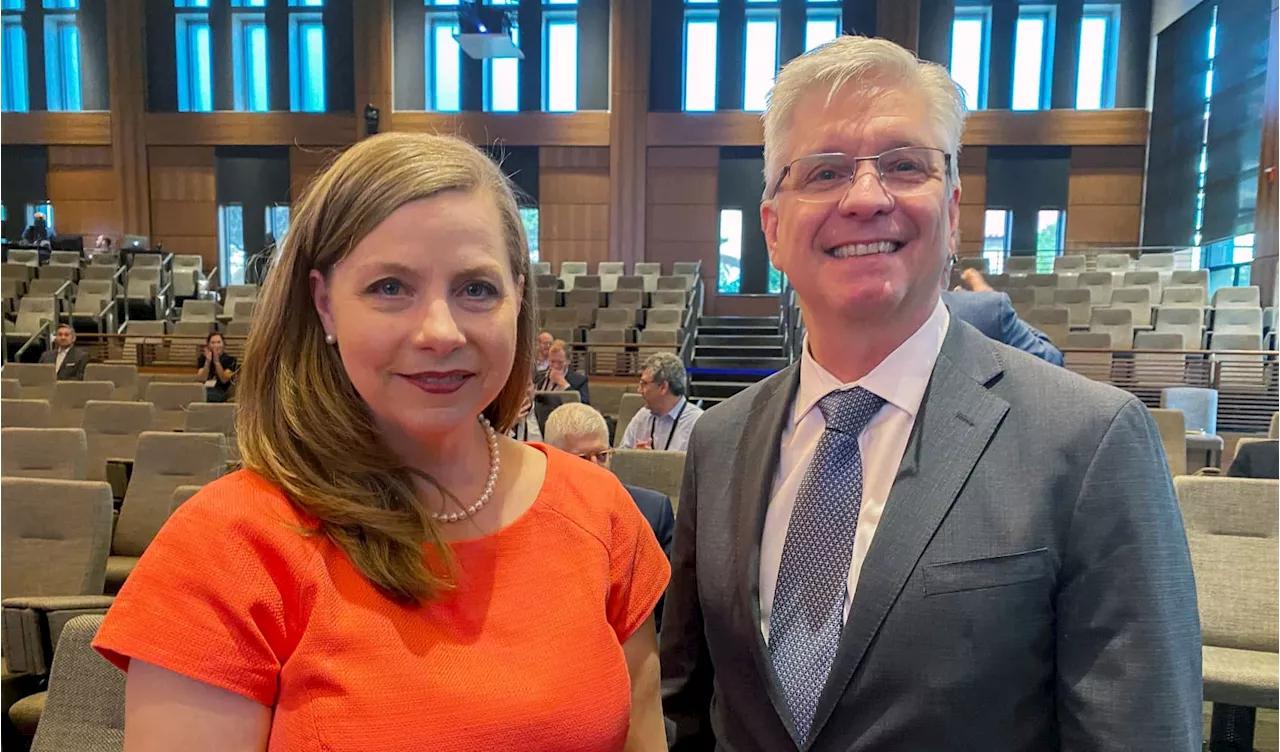 Federal Reserve Vice Chair Barr to Resign, Opening Door for Trump AppointeeFederal Reserve Vice Chair for Supervision Michael Barr announced his resignation, citing a desire to avoid legal battles with the Trump administration. His departure, 18 months earlier than planned, removes a potential obstacle to Trump's deregulatory agenda. The President can now choose either Michelle Bowman or Christopher Waller to fill the vacancy, potentially leading to a more industry-friendly approach to financial regulation.
Federal Reserve Vice Chair Barr to Resign, Opening Door for Trump AppointeeFederal Reserve Vice Chair for Supervision Michael Barr announced his resignation, citing a desire to avoid legal battles with the Trump administration. His departure, 18 months earlier than planned, removes a potential obstacle to Trump's deregulatory agenda. The President can now choose either Michelle Bowman or Christopher Waller to fill the vacancy, potentially leading to a more industry-friendly approach to financial regulation.
Read more »
